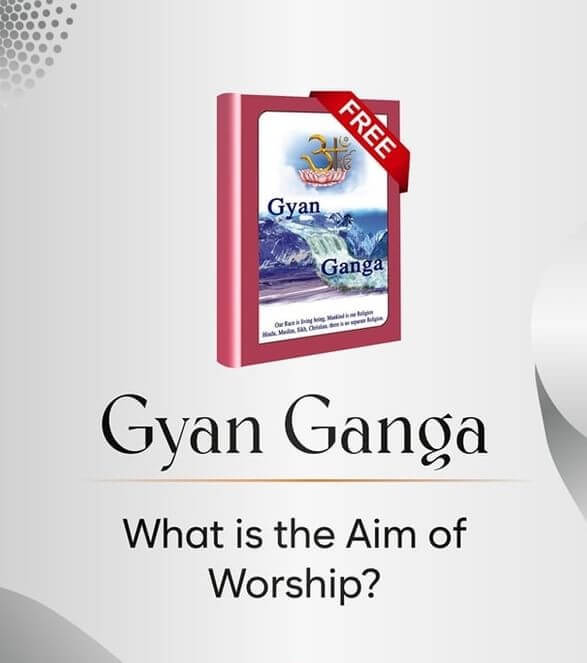Who Are the Father and Mother of Lord Shiva
Help & Information / Who Are the Father and Mother of Lord Shiva
Who Are the Father and Mother of Lord Shiva
Parents of Lord Shiva
Who are Lord Shiva's father and mother is a question that has not been answered properly by anyone. In the spiritual discourse provided in Gyan Ganga, the lineage of Lord Shiva is explored, revealing profound insights into his origins and the nature of his divine parents. Understanding the parentage of Lord Shiva helps to clarify his role within the trinity of Hindu deities, alongside Brahma and Vishnu.
The Divine Parentage of Lord Shiva
Lord Shiva, also known as Maheshwar, has a mother and father rooted in the concept of Prakriti (Durga) and Kaal Brahm (Jyoti Niranjan or Kshar Purush). This is evident in Shiv Puran and Shrimad Devi Bhagwat Puran.
-
Mother: Durga (Prakriti)
In Puranas, it is stated that the mother of Lord Shiva is Durga, who represents the divine feminine energy known as Prakriti. She is not merely a goddess but embodies the creative forces of the universe. As the mother of Shiva, Durga is seen as the source of his power and strength, giving rise to his ability to balance creation and destruction. -
Father: Kaal Brahm
The father of Lord Shiva is identified as Kaal Brahm, also known as Kshar Purush, the ruler of 21 Brahmands. Kaal represents the material nature that binds souls in the cycle of birth and death. In this context, Shiva emerges from the union of Prakriti and Kaal, as mentioned in Devi Bhagwat Puran and Shiv Puran.
The Birth of Lord Shiva
The birth of Lord Shiva is described as an event stemming from the cosmic dance of creation. When Kaal Brahm engaged with Prakriti (Durga), their union gave rise to the three gunas (qualities) represented by Brahma, Vishnu, and Shiva. This union exemplifies the interdependent nature of creation and the roles that each deity plays within the cosmic order.
- Creation of the Trimurti:
- From this divine interplay, the Trimurti emerged, consisting of Brahma (the creator), Vishnu (the preserver), and Shiva (the destroyer).
- Each deity holds a distinct purpose in the cosmic cycle, but all trace their origins back to Kaal Brahm and Prakriti.
Evidence from Scriptures
Gyan Ganga refers to various scriptures that affirm the lineage of Lord Shiva:
-
Shri Shiv Puran: The Shiv Puran explicitly mentions the connection between Shiva and his divine parents, emphasizing the importance of Durga as his mother and Kaal Brahm as his father.
-
Shrimad Devi Bhagwat Puran: This scripture reiterates the concept of Prakriti as the source of creation, highlighting the essential role of Durga in giving birth to deities, including Shiva.
-
Holy Gita: Although the Gita primarily addresses the nature of the soul and divine wisdom, it underlines the interconnectedness of all beings, affirming the significance of understanding one's origins in the divine realm.
Conclusion
In conclusion, Gyan Ganga elucidates the divine parentage of Lord Shiva, identifying Durga (Prakriti) as his mother and Kaal Brahm as his father. This understanding offers a holistic view of Lord Shiva’s role within the cosmic order and emphasizes the importance of recognizing the interplay of creation, preservation, and destruction. By understanding the origins of Lord Shiva, devotees gain deeper insights into the spiritual significance and the need to learn about the Supreme God, worshipping whom once can escape the cycle of birth and death which is not possible by worship of Shiva.
← Is salvation possible by going in the refuge of any Guru? Is Lord Shiva the Supreme God? →
